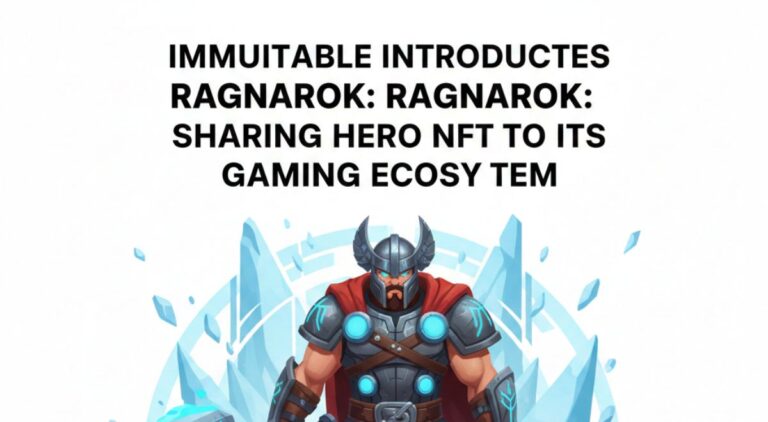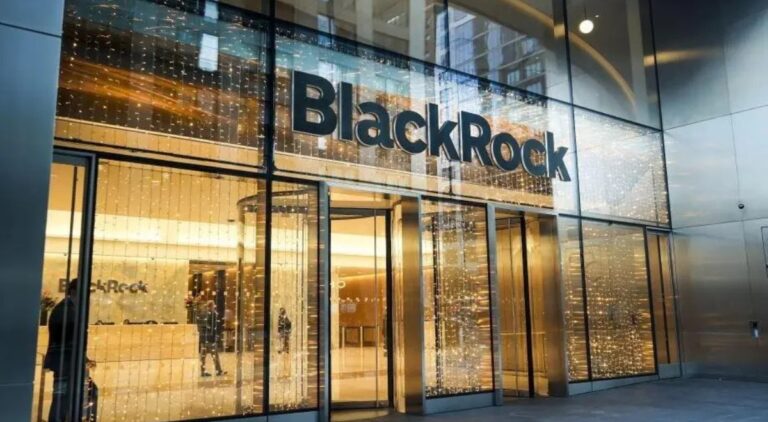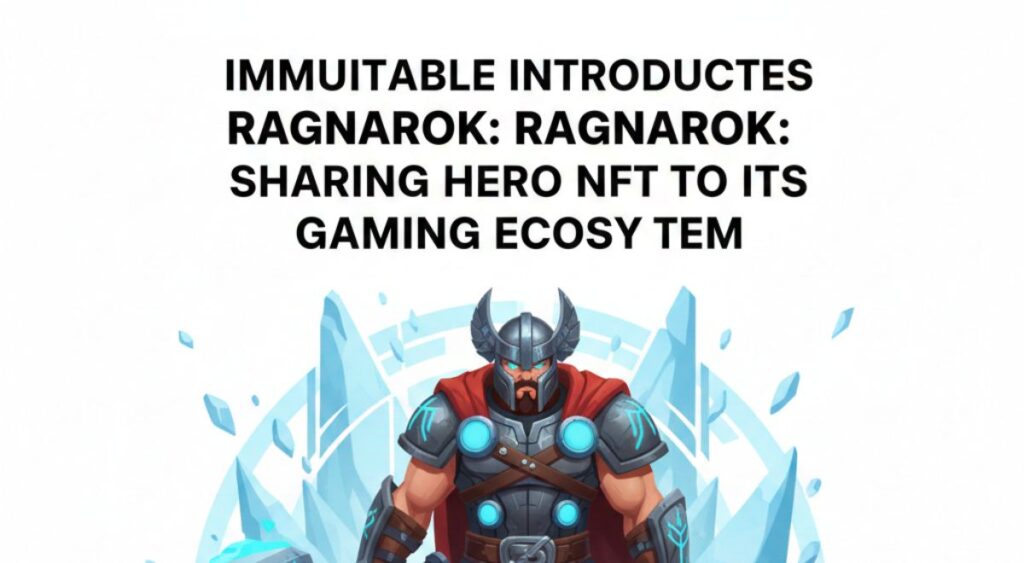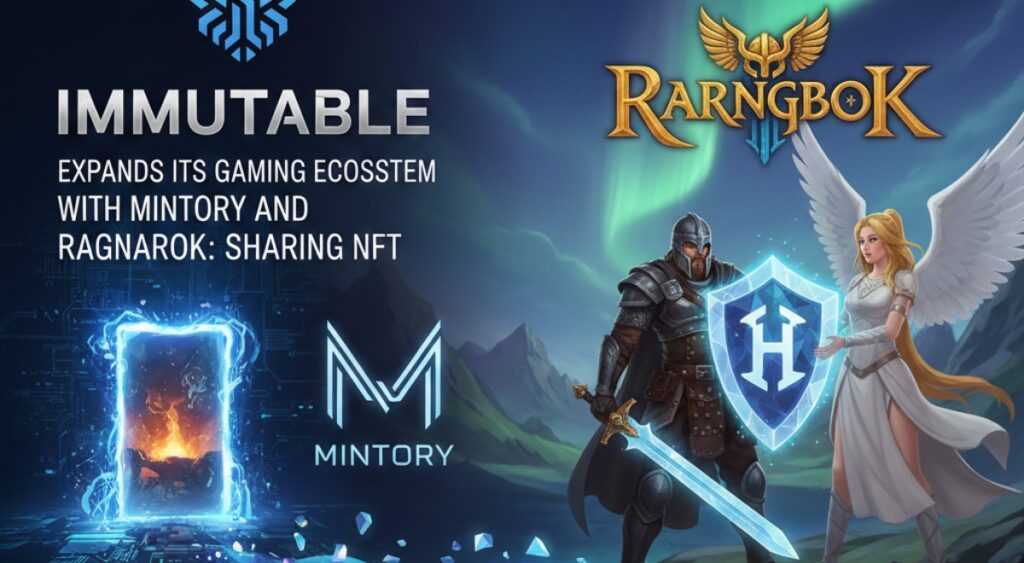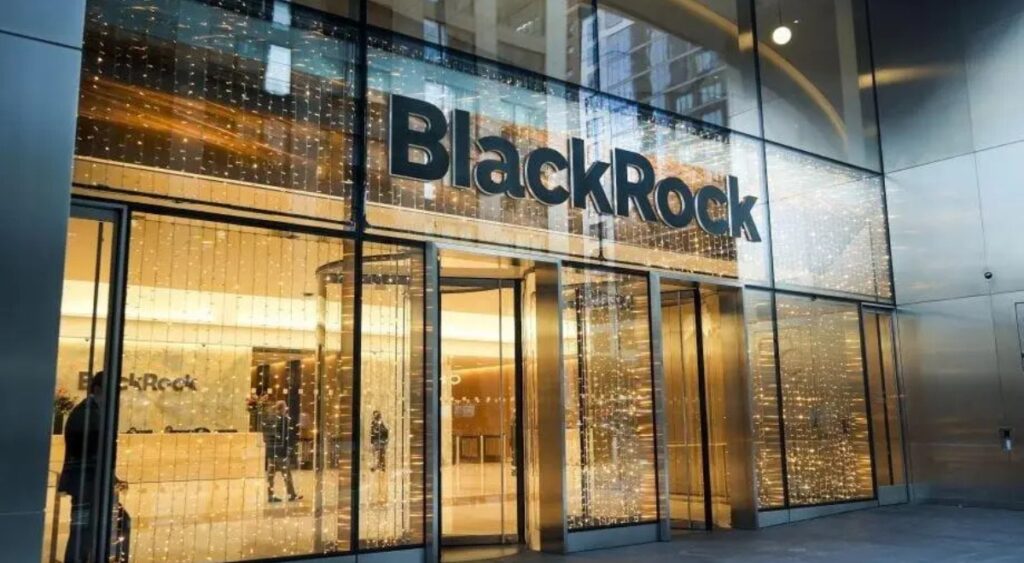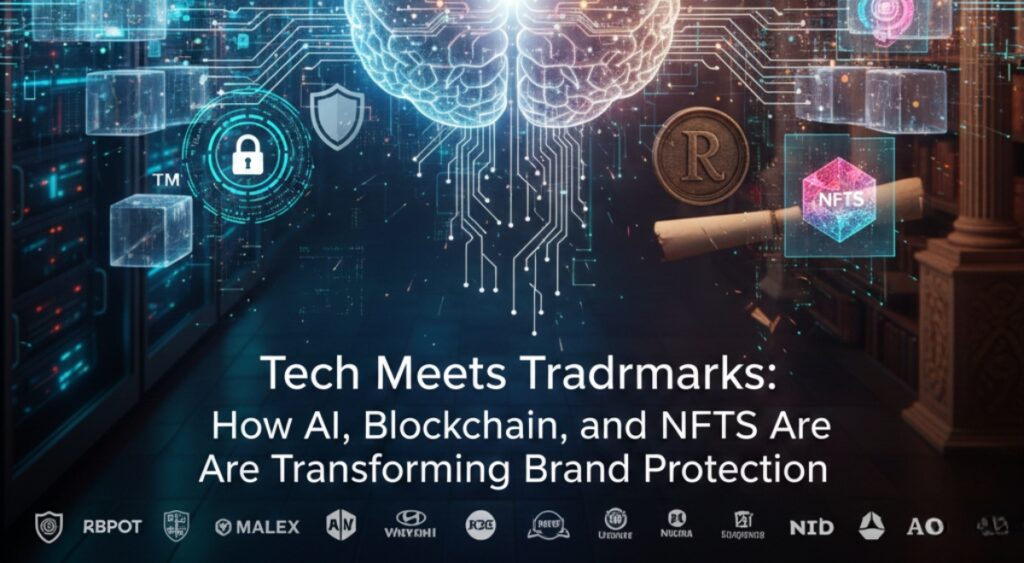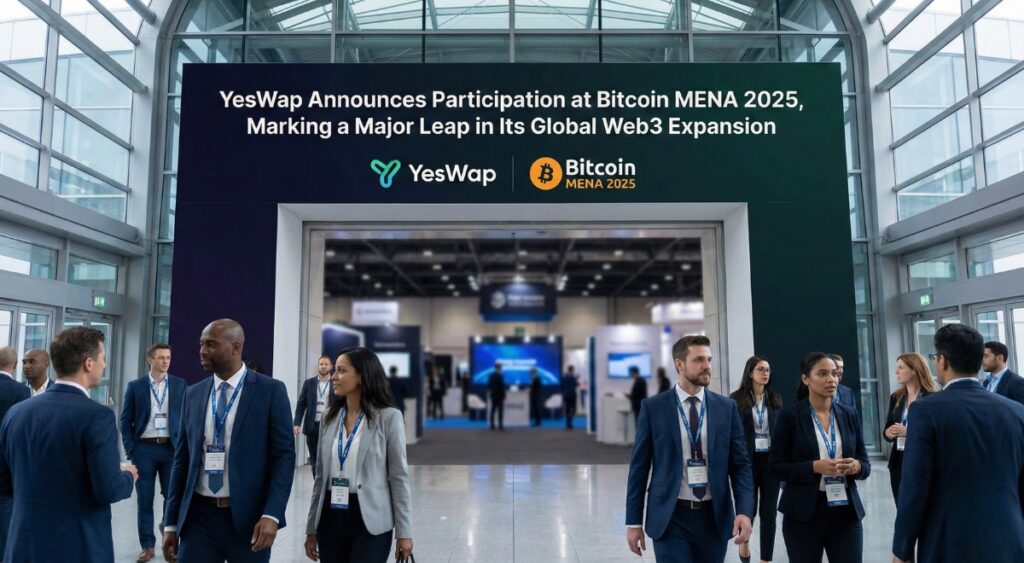In the typical sense, real estate is any property that includes land and permanent structures on such land, whether natural or artificial. On the other hand, when we talk about NFT real estate, we mean digital land rather than physical one. It is any programmable plot of land in a virtual world that allows users to explore using their 3D avatars. Programmable, meaning it is automated to perform specific tasks with the help of smart contracts, and virtual means that it all exists on the metaverse.
How NFT Real estate works
You can either buy virtual real estate, for example, in a game or purchase an NFT that is tied to a physical property. Real estate NFTs are usually found in play-to-earn games. A user can purchase virtual land from a gaming platform, develop the land, build or farm on it, and even rent it out. This NFT real estate allows its owners to monetize their digital assets while retaining control.
Some popular DeFi organizations that offer users the opportunity to purchase virtual real estate include Decentraland, Sandbox and Axie Infinity. These platforms allow users to participate in the process of developing their virtual land, thereby increasing its value. However, most of these platforms operate on the Ethereum blockchain, meaning your transactions must be in ETH.
The other way NFT real estate can be implemented is by providing an online representation of physical real estate. It is created by registering a real-life asset on a blockchain. Real estate NFT provides proof of actual ownership and secures the real property. In addition, it allows for a fast and secure transfer of ownership when the owner decides to sell the physical asset.
How you can set up your NFT Real estate
Setting up a real estate NFT is not so different from how you purchase physical property; in this case, everything is virtual. For the purchase of actual virtual land, all you do is select the platform you prefer, set up your crypto wallet and purchase the native crypto. A unique piece of code represents the land you wish to buy from the platform and is sold to you as an NFT.
On the other hand, the process for NFTs that are tied to a physical property is different. In this case, you must first mint the property into an NFT. There are platforms like OpenSea or Mintable that allow users to mint NFTs. You will need a crypto wallet and some crypto tokens, of course. Then you can list the property you desire to buy or sell.
Looking forward
Non-fungible tokens can seem to be popular when it comes to art collections or digital designs. However, with the developing space of the metaverse, NFTs have found their use cases in other sectors. With the rise of real estate NFTs, one thing remains clear. The industry must be regulated to ensure fair use and safe investments. These digital assets will still be adopted and migrate into other industries. Since it operates as a borderless system, the best thing to do now is for nations worldwide to adopt a uniform system that ensures a balance between innovation and policies.



